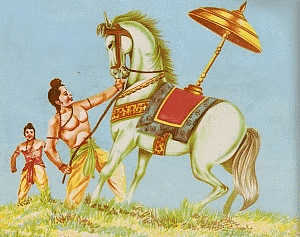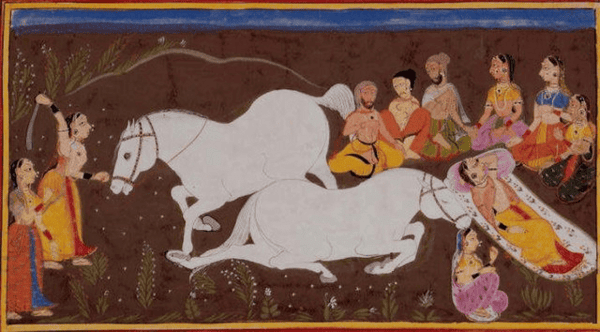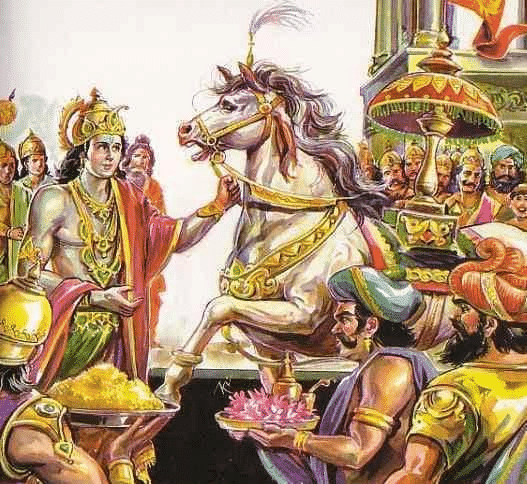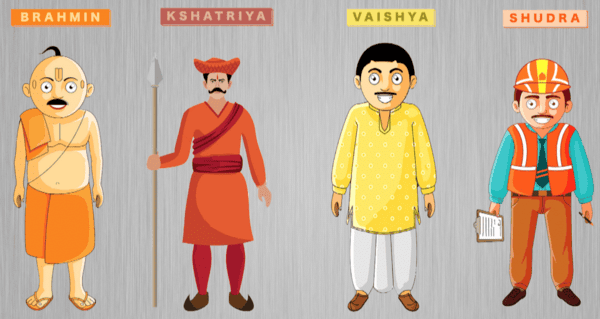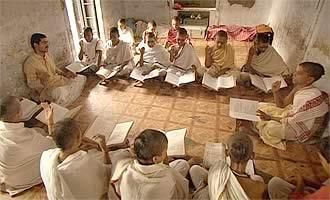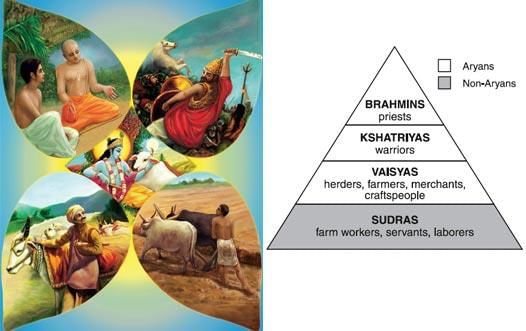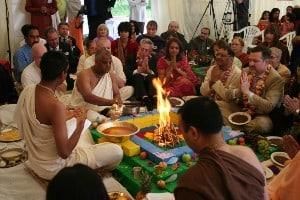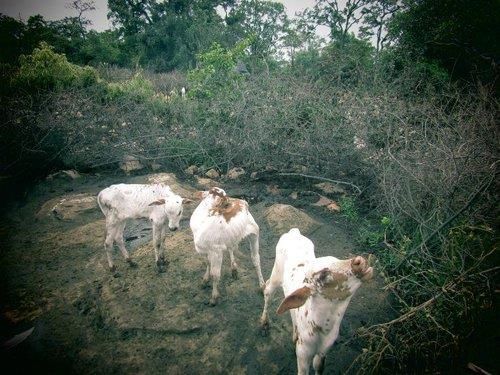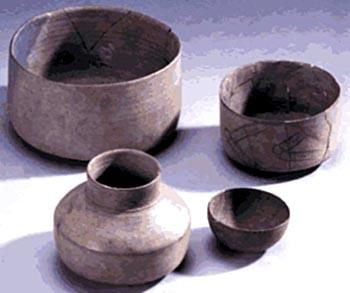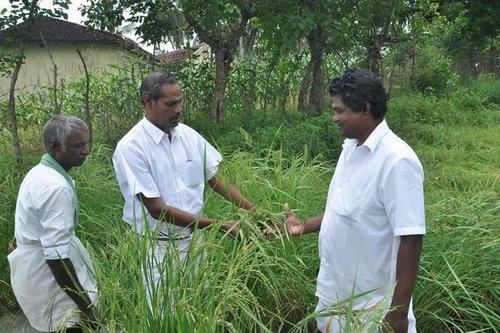|
What significant change occurred around 3000 years ago regarding the selection of rajas? |
Card: 1 / 36 |
|
Rajas began to be recognized through the performance of large sacrifices, such as the Ashvamedha or horse sacrifice.
|
Card: 2 / 36 |
|
Fill in the blank: The Ashvamedha ritual involved the horse wandering freely and being guarded by the raja's ___. |
Card: 5 / 36 |
|
Riddle: I am a ritual where a horse runs free, determining a raja’s might. What am I? |
Card: 7 / 36 |
|
Multiple Choice: What did the rajas bring as a sign of respect to the raja who organized the Ashvamedha sacrifice? A) Weapons B) Gifts C) Armies D) Food |
Card: 9 / 36 |
|
What are the four groups into which the priests divided people, known as Varnas? |
Card: 11 / 36 |
|
Fill in the blanks: The Kshatriyas were expected to ___ and protect the people, while the Brahmins were expected to ___ the Vedas. |
Card: 13 / 36 |
|
True or False: The Shudras were allowed to perform rituals and study the Vedas. |
Card: 15 / 36 |
|
False; Shudras could not perform rituals and were not allowed to study the Vedas. |
Card: 16 / 36 |
 Unlock all Flashcards with EduRev Infinity Plan Starting from @ ₹99 only
|
|
Fill in the blank: Brahmins were expected to perform sacrifices and receive ___ for their work. |
Card: 19 / 36 |
|
It refers to the land where a 'jana' or community set its foot and settled down. 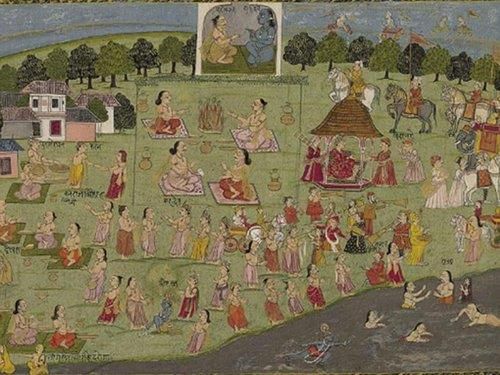 |
Card: 24 / 36 |
|
Fill in the blank: The settlements of janapadas were characterized by people living in ___ and raising ___ for sustenance. |
Card: 25 / 36 |
|
False. Mahajanapadas were often fortified with huge walls made of wood, brick, or stone. |
Card: 28 / 36 |
|
Riddle: I am a type of pottery found in ancient settlements, known for my painted surface and grey color. What am I? |
Card: 29 / 36 |
|
Armies were maintained by the rajas, with soldiers receiving regular salaries throughout the year. |
Card: 32 / 36 |
|
Short Answer: Name two crops that were commonly grown in the settlements of janapadas. |
Card: 33 / 36 |





